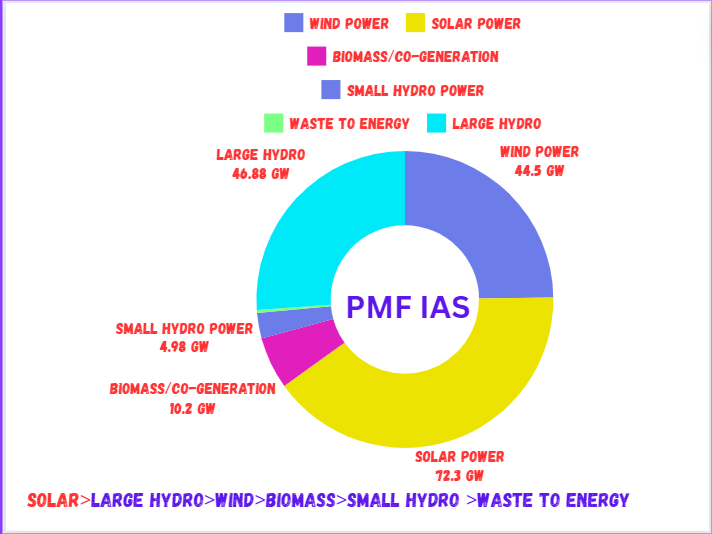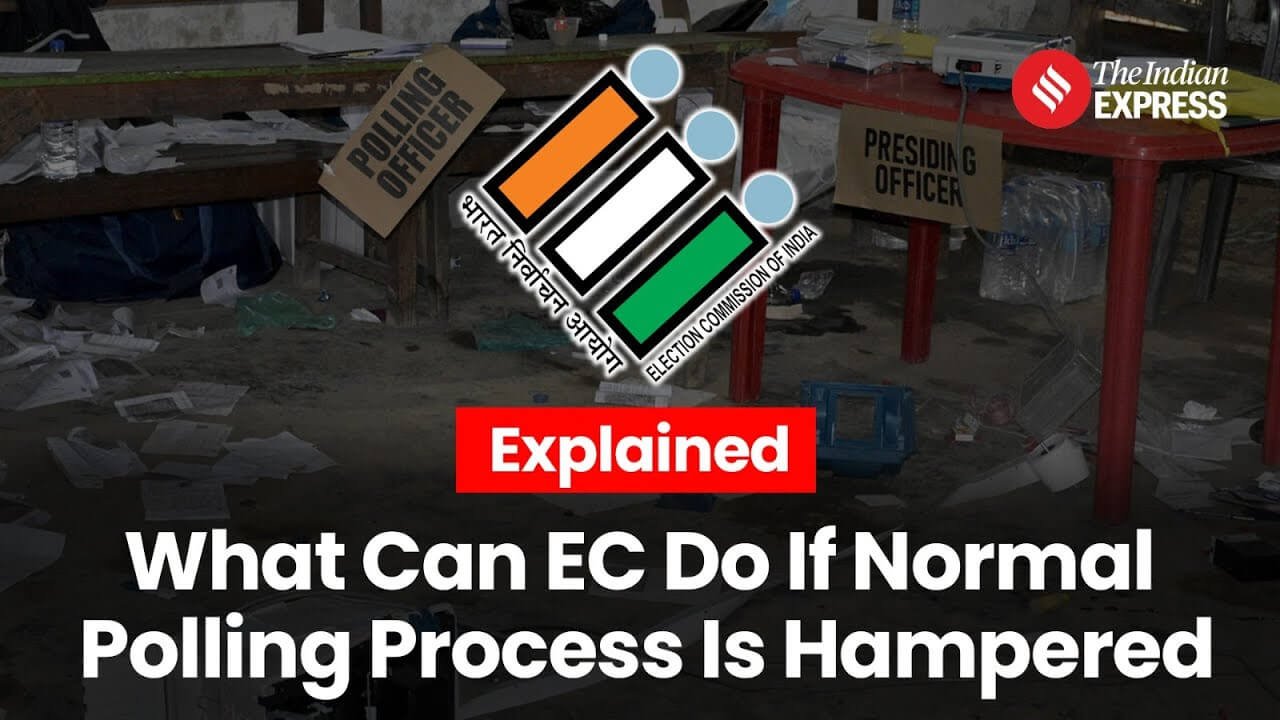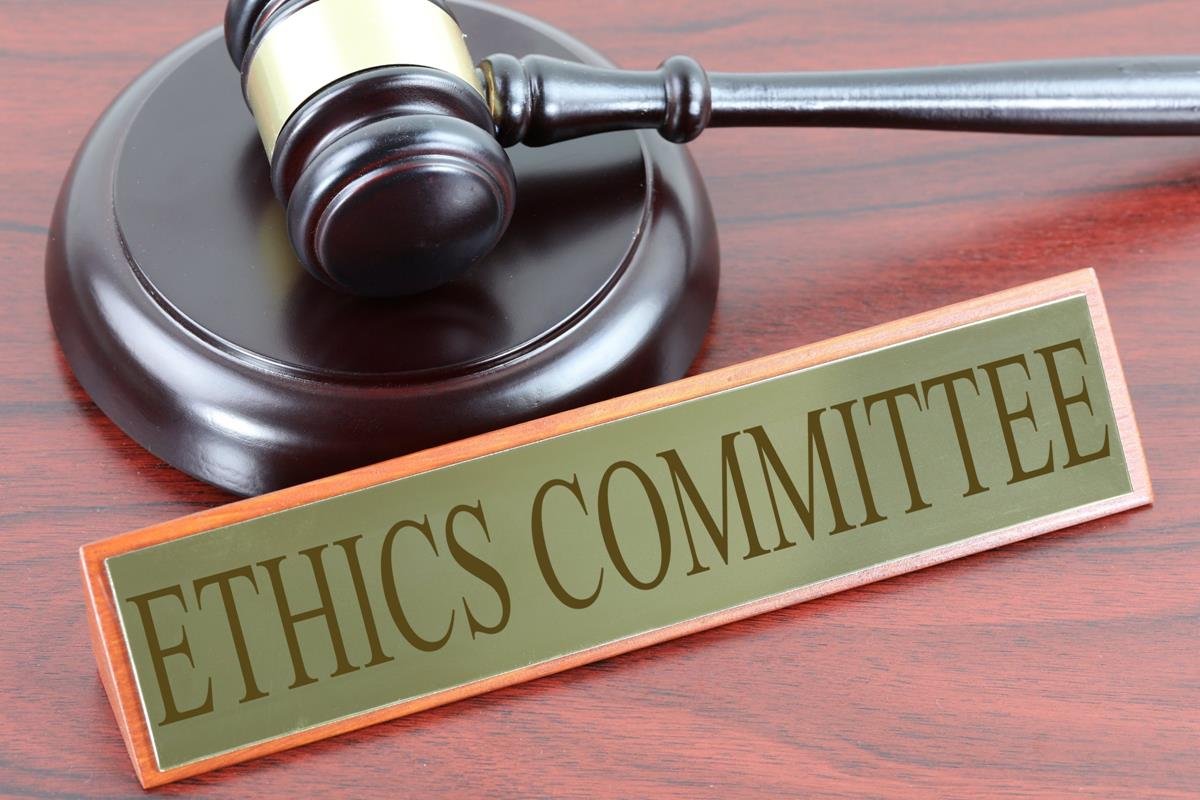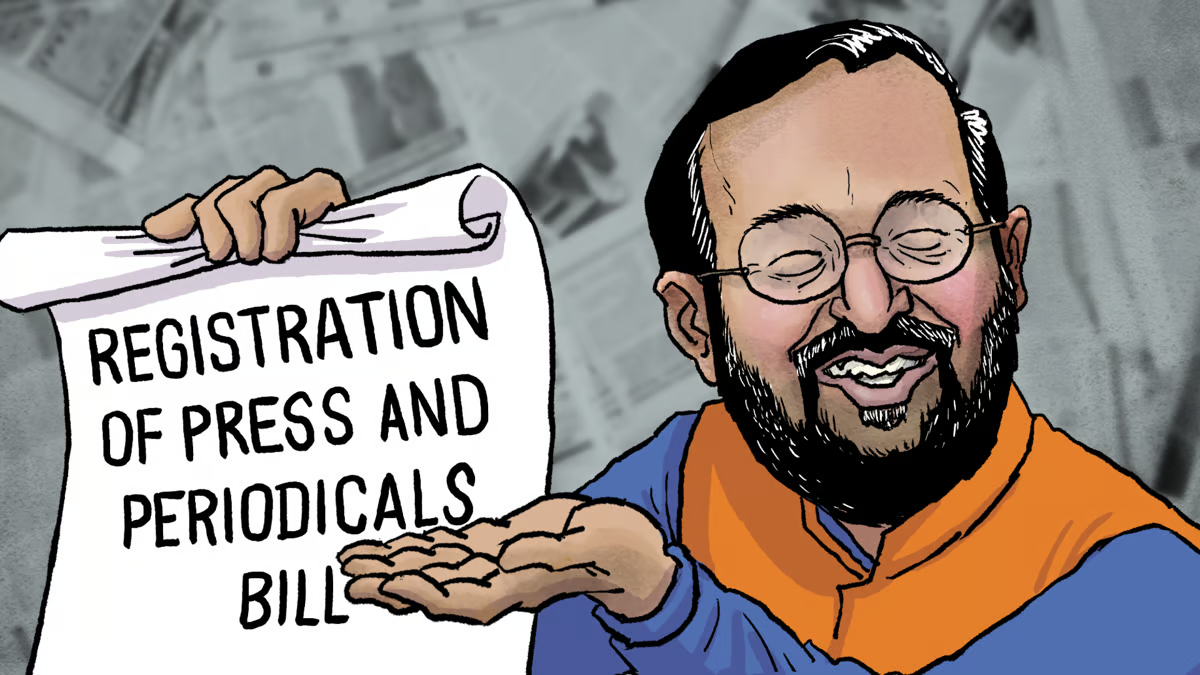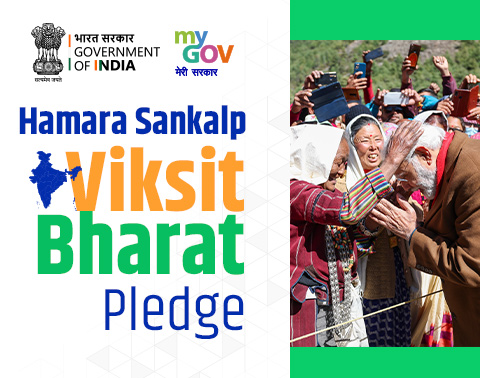
Poverty in India
Subscribers of "Current Affairs" course can Download Daily Current Affairs in PDF/DOC
Subscribe to Never Miss an Important Update! Assured Discounts on New Products!
Must Join PMF IAS Telegram Channel & PMF IAS History Telegram Channel
- Context (IE): Though multidimensional poverty has declined in India, extreme poverty has remained high for the last five years.
- Poverty can be defined as a social phenomenon in which a section of society cannot fulfil even its basic necessities of life.
- The UN Human Rights Council has defined poverty as “A human condition characterised by the sustained or chronic deprivation of the resources, capabilities, choices, security and power necessary for the enjoyment of an adequate standard of living and other civil, cultural, economic, political and social rights”.
- The United Nations, under the Sustainable Development Goals (SDGs) has set the target of eradicating extreme poverty for all people everywhere by 2030.
- Extreme poverty is as living on less than the International Poverty Line (IPL) of $2.15 per day (WB).
Types of poverty
Absolute poverty vs. Relative poverty
| Aspect |
Absolute Poverty |
Relative Poverty |
| Definition | Lack of basic necessities (fixed and universal) | Income/resource inadequacy compared to societal standards |
| Measurement | Specific income threshold (e.g., $2.15/day per capita) – World Bank | Comparative to the average or median income in society |
| Focus | Essentials for survival and subsistence | Disparities and social inequality |
| Policy Implications | Focus on providing basic needs and essential services | Address income inequality and improve overall conditions |
| Long-Term Trends | Relatively stable unless significant changes occur | Can change with economic growth, social policies, and income distribution shifts |
Poverty Estimation in India
- Niti Aayog (earlier planning commission) estimates poverty using NSSO data.
- Every five years, NSSO conducts surveys to collect household consumption expenditure.
- Monthly per capita consumption expenditure is used to determine the poverty line.
- Poverty line estimates vary depending on the methodologies developed by various expert panels.
- The Ministry of Rural Development conducts the BPL census.
Poverty Estimation Committees in India
| Committee | Year | Methodology | Poverty Line (Monthly Per Capita Expenditure) |
| Alagh
Committee |
1979 | Based on calorie consumption | Rural: 2100 calories, Urban: 2400 calories |
| Lakdawala Committee | 1993 | Modified mixed approach | Rural: Rs. 328 (1993-94 prices), Urban: Rs. 454 (1993-94 prices) |
| Tendulkar Committee | 2009 | Modified mixed approach | Rural: Rs. 672, Urban: Rs. 859 (2004-05 prices) |
| Rangarajan Committee | 2012 | Modified mixed approach | Rural: Rs. 972, Urban: Rs. 1407 (2011-12 prices) |
Status of Poverty in India
- From (2019-20 to 2023-24) headcount poverty/ratio declined very meagerly at 0.3 per cent.
- The Head Count Ratio (HCR) is the percentage of a population that falls below the Poverty Line.
- India’s HCR is 25.01% (NITI Aayog’s National Multidimensional Poverty Index (2021)).
- In 2023, India had the highest number of people (160 million) in extreme poverty.
Dimensions of Poverty
Multidimensional poverty
- While traditional measurement of poverty is based solely on income levels, the multidimensional poverty concept is based on various dimensions (health, education, standard of living, access to basic services, and more).
- The purpose of measuring multidimensional poverty is to provide a more comprehensive understanding of individuals’ challenges.
- This approach allows policymakers to develop more targeted and effective interventions.
- The Global Multidimensional Poverty Index (MPI) and the National Multidimensional Poverty Index are the commonly used tools for quantifying and analyzing multidimensional poverty in India.
Status of Multidimensional Poverty in India
- As per UNDP’s MPI, Multidimensional Poverty halved (55.1% to 27.7%) between 2005-06 and 2015-16. That means about 271 million people moved out of poverty.
- As per NITI Aayog’s MPI, Multidimensional Poverty dropped from 24.85% to 14.96%. That means about 135 million people were lifted out of multi-dimensional poverty.
- The decline results from improved access to sanitation, schooling, cooking fuel, etc.
Causes of poverty in India
- Overpopulation: India’s population exceeds 1.3 billion people, leading to a scarcity of food resources.
- Limited job opportunities and a high underemployment rate contribute to income instability.
- Agricultural Issues: Dependence on traditional farming methods, lack of modern technology, and unpredictable weather conditions lead to low agricultural productivity, affecting the income of rural farmers and causing poverty.
- Widespread corruption in various levels of government and institutions can divert resources away from poverty alleviation programs.
- Caste-based discrimination and social inequalities can restrict access to resources, education, and employment opportunities, contributing to persistent poverty.
- Limited access to healthcare facilities can lead to increased medical expenses and lost productivity due to illness, pushing families into poverty.
- Inadequate infrastructure, such as lack of proper roads and transportation facilities, hampers economic development in remote areas, limiting opportunities for income generation.
- Natural Disasters: Natural disasters (floods, cyclones, pandemics) can devastate communities, destroy livelihoods, and set back economic progress, pushing people further into poverty.
Programmes for poverty alleviation
- MGNREGA
- Deendayal Upadhyay Antyodaya Yojana (DAY)
- National Health Mission
- Pradhan Mantri Suraksha Bima Yojna
- Atal Pension Yojana
- Pradhan Mantri Jeevan Jyoti Bima Yojana
- Pradhan Matri Awaas Yojana
- Jawaharlal Nehru National Urban Renewal Mission (JNNURM)
- National Food Security Act (2013)
Way Forward
- Changing Strategy of Economic Growth: A shift towards labour-intensive growth, avoiding capital-intensive technologies, is suggested.
- Agricultural Growth and Poverty Alleviation: Agricultural growth is inversely related to poverty. Lessons from Punjab and Haryana emphasise the role of new high-yielding technology.
- Infrastructure development, including roads and power, creates jobs and boosts labour productivity.
- Accelerating Human Resource Development enhances employability and income levels, as seen in the successful case of Kerala.
- Growth of Non-Farm Employment: especially in marketing, transportation, and handicrafts, plays a key role in poverty reduction. Examples from Haryana and Andhra Pradesh highlight the importance of non-farm employment.
- Access to Assets and Credit: Land reforms contribute to poverty reduction, including redistribution and credit availability to small farmers and non-farm sectors.
Conclusion
- Economic growth alone may not guarantee poverty reduction. Pro-poor and inclusive growth, focusing on human development through education and healthcare, and institutional reforms like land redistribution are crucial for sustained poverty reduction.
Current Status of the Indian Economy is Optimistic
|





![PMF IAS Environment for UPSC 2022-23 [paperback] PMF IAS [Nov 30, 2021]…](https://pmfias.b-cdn.net/wp-content/uploads/2024/04/pmfiasenvironmentforupsc2022-23paperbackpmfiasnov302021.jpg)
